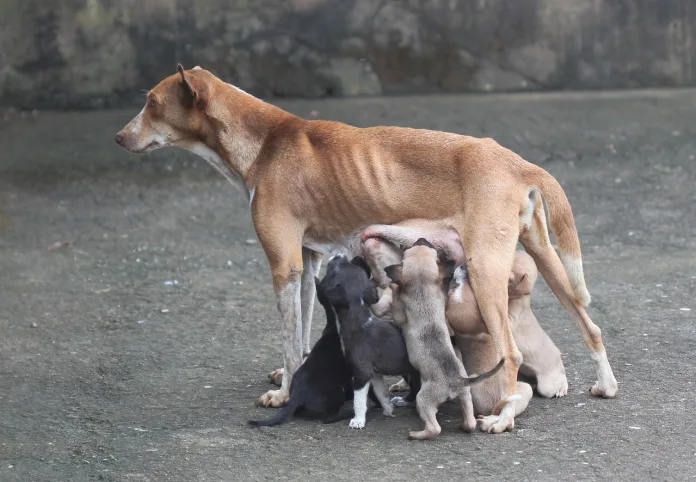Controlling a dog’s population and preventing unwanted pregnancies is crucial for ensuring the health of animals, managing resources, and allowing the most appropriate matches between pet and owner. There are a number of different ways to achieve this, ranging from spay and neutering to micro-chipping and close tracking of individual animals. In this guide, we’ll look at the various strategies for controlling dogs population and unwanted pregnancy, as well as the best overall approaches.
Maintaining a Proper Sterilization Plan
The foundation of any good dog population control strategy is a spay/neuter clinic. This is where animals are brought for surgical sterilization, which has been shown to reduce the birth rate and thus growth in population. Spaying and neutering come with an array of other benefits as well, such as the decreased risk of certain cancers, reduced aggression, and improved overall health. Vet teams often have different practices for the types of control needed, so it’s important to consult with them and make sure the program is tailored to the needs of the institution.
It’s also a good idea to encourage owners of breeds that can be registered and have pedigrees to follow the pup’s natural breeding season and register the puppy’s birth date. This will allow for easier tracking and control of the individual animal in case it reproduces unwanted litters.
Identifying and Auxiliary measures
For those who are unable to spay and neuter their animals, there are a few other measures that can be used to control the dog population. Micro-chipping is often recommended as it allows for easier identification and tracking of the animal in case it reproduces uncontrollably. It also allows owners to feel safer knowing that their pet can be recovered if it were to go missing.
In addition to micro-chipping, it’s also important to control and maintain the health of dogs by regular vet checks and vaccination. This will ensure that they’re reproducing healthy puppies and can also provide an early warning for any potential issues that could arise from uncontrolled breeding.
Open Communication and Education
Another way to help control the dog population is to educate people about the right ways to handle and care for animals. This includes teaching people about the necessity of taking the animals for regular vet visits, neutering, and having them micro-chipped in order to keep them safe and prevent unwanted pregnancies. Furthermore, speaking with the owners of the animals and encouraging their involvement in the program can go a long way towards improving compliance and success.
Finally, it’s important to have open communication within the pet community in order to ensure the success of population control efforts. This could be done through newsletters, transfer of information between vets and their clients, and other forms of outreach.
By staying mindful of the various strategies for controlling a dog population and unwanted pregnancy, we can ensure the best possible outcomes for all those involved, and create a more responsible pet ownership culture. There is no one-size-fits-all approach to population control, so proper communication and outreach are key in order to find the right plan for each individual situation.

